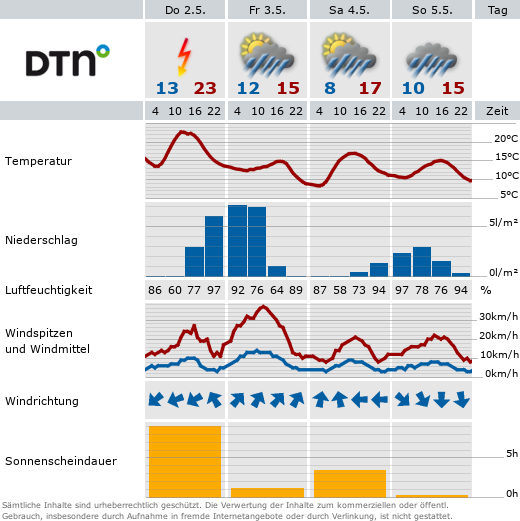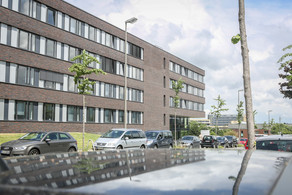Automated driving safety - when is an automated vehicle ready to go?
Automated driving is a fascinating endeavor, with all the characteristics of an ongoing socio-technical shift; impactful technical advancements and new innovation eco-systems forming, a very strong hype, over expectations of results and impact" in the short term and a corresponding underestimated complexity, and with regulations, standards and methodologies lagging behind. One fundamental concern is the question of when an automated vehicle (AV) is ready to go, or in other words, what would the corresponding drivers test that humans do look like?
For an AV, this would translate into how type approval and certification are carried out. There are many open questions relating to this question, and he will be treating the following in this talk:
- The multiple dimensions of safety and autonomy, and what about humans?
- How to design for and assure AV safety - that an V meets our expectations in safety before releasing it?
- Answering the previous question is not enough, given that AV’s will have to be updated (market, security, learning) – we thus need to go beyond “one-off safety assurance”, towards continuous safety assurance
- The previous questions relates to the need for complexity management – what could ever go wrong in a complex system like an AV and how could this be addressed?
The above questions lead to needs for open research/industrial testbeds and regulatory sandboxes, where he will briefly describe ongoing efforts including the AD-EYE platform (https://www.adeye.se/) and the TECoSA testbeds (https://www.tecosa.center.kth.se/).







